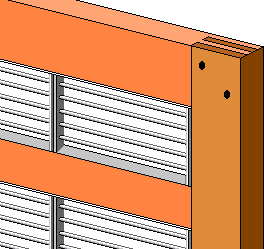Perforated Zinc Type, Plastic Sheet Type, Zintec Type
These are probably the most popular in the UK... They are the least expensive, however there are many drawbacks associated with them.
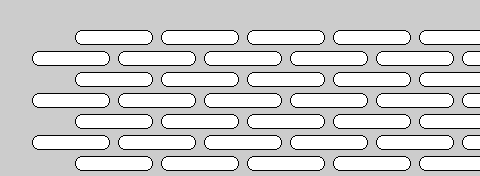
I do not like this type personally...
The zinc and Zintec ones have a sharp burr that I believe in an impediment to easy bee access. The plastic ones do not seem to have a burr, but the punched holes have rough and granular edges and I believe this is as bad as
the metal version as far as bee access is concerned. Another reason to dislike them is that they are laid directly on to the top bars (of bottom bee space hives) which causes a great deal of propolis and brace comb as well as causing a large disturbance to the colony as it is peeled off. The plastic version is also slippery, particularly if petroleum jelly is used on the box mating surfaces. A further factor that I dislike is the possibility of
damage both buckling and tearing that makes a mockery of the title queen excluder. Having been so negative about the type when used as a separator between brood chamber and supers I can say that it is a useful material in the production of various gadgets. The dimensions of the 'hole' are 4.38 mm x 18.3 mm.
Moulded Plastic Type
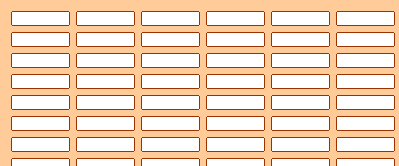
In my opinion these are a vast improvement on the previous punched plastic excluders. There are several different types and colours and after lengthy trials they all seem to be standing up well. My only experience is with bottom bee space hives and I suggest that as with flat metal excluders they may not be very satisfactory when used on top bee space hives.
Cleaning is simple and they don't get damaged when scraped with a hive tool. A solution of washing soda will remove wax and propolis. As with plastic or poly hives sterilisation can be done with bleach. R.P.
Herzog Wire Type,

As the wires are round and smoothly finished they allow easy passage of worker bees. The wires are stiff and are held strongly by the transverse perforated strips. The gap between wires is 4.22 mm. This type is the most expensive, but to my mind it represents the best value for money.
Welded Wire Type,
This type is 'middle of the road' in both cost and utility it has round wires (2 mm dia) that are resistance welded to, thicker (4 mm dia), round cross members (tie rods). The wire to wire gap being 4.3 mm.
(see B. J. Engineering.)
Drone Excluder,
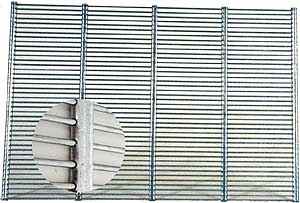
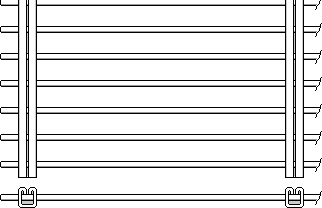
This type is made in Germany and identical to queen excluder except in the spacing between the wires.
There is also a flat wire type. I will try to find it for inclusion later.
Neuner Drone Excluder
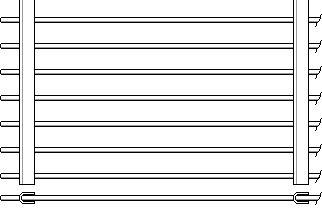
I am endebted to John Atkinson for supplying a sample of Neuner grid for me to measure.
The inter wire gap on the sample I measured varies between 5.2 mm to 5.4 mm, but in the majority of places it is between 5.3 mm and 5.4 mm. The variation is mainly caused by wire thickness varying between 1.6 mm and 1.7 mm. I find this strange, as the Germans use manufacturing tolerances, at least, an order of magnitude smaller than that.
The average pitch is 7.03 mm (18 pitches)
UK Drone Excluder
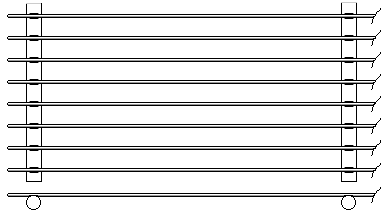
Drone excluder can be made in UK, as right, by the spot welding method using the same wire pitch as for queen excluders, but using wires of less diameter to increase the transparency for queens and workers.
A 5.3 mm spacing would mean wires of only 1 mm, which is probably too thin for reliability, but 1.4 mm stiff wires would give a 4.9 mm inter wire spacing that may be appropriate later when we have some bees 're sized' on 4.9 mm comb.
The welded queen excluder, Neuner type and welded drone type are all drawn to the same scale so that comparisons can be made.
Dronex Panels
Since the drone excluder text above was written, a project to manufacture a small batch of drone excluder was undertaken by myself in collusion with Brian Pedley, but the original idea of using his existing queen excluder jig was dropped when we found that demand was enough to manufacture a jig specially devoted to drone excluder. There is a whole suite of pages devoted to this project including full scale drawings. All of these are accessible by clicking on the dronex link.
Plain Plywood
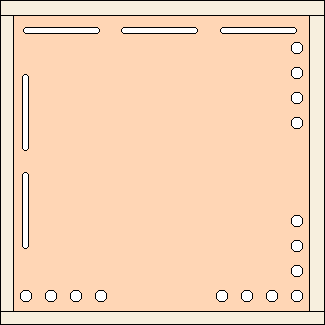
Some beekeepers prefer to use a rimmed plywood board with 9 mm slots or a large number of 12 mm holes around the outer edge. The workers will pass through without a problem, but the queen who is normally in the center of the nest is reluctant to. (If drone foundation is used in supers then this type will not work.)
The Diagram shows both types. (I have heard of variants that had holes or slots only on two opposite edges.)
Although the queen is capable of 'going upstairs' they rarely do so and in this respect this type is of similar reliability to the perforated sheet types.
I have heard that squares of fertilizer sack (heavy polythene), cut slightly smaller than the hive area, have been successfully used in this fashion.
